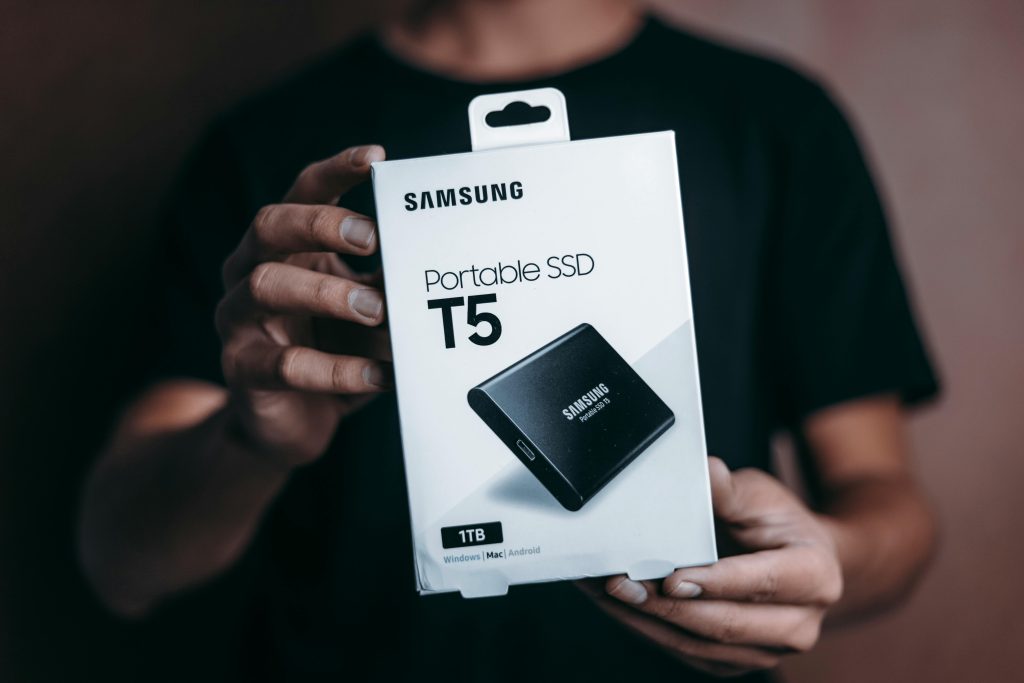Understanding Unexpected Configuration Files: A Closer Look at logUploaderSettings and logUploaderSettings_temp in Windows
Recently, some Windows users have reported the sudden appearance of two files named logUploaderSettings and logUploaderSettings_temp in their Local Disk C directory. Both files are approximately 1KB in size, classified as “Configuration Settings,” and feature an icon resembling a blank sheet of paper with a gear in the lower left corner. This unexpected appearance can be puzzling, prompting questions about their origin and safety.
What Are These Files?
The names logUploaderSettings and logUploaderSettings_temp suggest they are related to logging or data upload configurations — possibly linked to specific applications or system processes. Files of this nature are often created by software programs that require configuration data or temporary settings files to operate correctly.
Possible Origins
- Software Updates or Installations: Certain applications, especially development tools or system utilities, create configuration files during their setup or update processes.
- System or Driver Utilities: Some system diagnostics tools or hardware management software generate configuration settings files stored on your primary drive.
- Malware or Unauthorized Software? Although less common, unexpected files should always be scrutinized for potential security threats, especially if they appear suddenly without user initiation.
Are These Files Safe to Delete?
If you are unsure about their purpose, consider the following steps:
- Verify the Files’ Source: Check the creation date and the file properties to see if there is any related installation or update activity corresponding to those dates.
- Scan for Malware: Run a comprehensive antivirus or anti-malware scan to rule out malicious activity.
- Monitor System Behavior: Observe if any applications are malfunctioning or if there are unusual system behaviors.
When in Doubt
- Back Up Before Deletion: Copy the files to a secure location before removing them, in case they are needed later.
- Consult Technical Support: Contact your system administrator or support forums with details about the files for professional advice.
Conclusion
While these configuration files likely originate from legitimate software or system processes, their sudden appearance warrants caution. Performing security scans and monitoring your system can help ensure your device remains safe. If you continue to experience concerns or notice unusual activity, seeking expert assistance is advisable.
Disclaimer: This article is for informational purposes only. Always exercise caution when deleting system or configuration files to avoid unintended disruptions.
Share this content:

